Bond Series I
As investors we usually focus on the trendy investment options which we overhear in the news or at the office. Some people strongly believe in particular investments and make sure that they influence you along the way. Being educated about markets we should draw the fine line between taking independent financial decisions and herding. Quite easy said than done right?!
We have got you covered.!
Starting off with this blog I know bonds are not really an individual investor’s favourite product, it makes you think of the James Bond movies with bearer bonds, how fun would that be! As the crucks of portfolio management suggests, every portfolio should be a right mix of risky and less risky assets. Simply because every risk you undertake has the potential to erode your capital. As smart and informed wealth managers ProInvest will help you crack the right technique to help you take risk as well as safeguard your capital well.
What exactly are bonds and government securities? Bonds are issued by the Government or corporations for funding their long term monetary requirements. Let us understand how bonds work.
Let’s say the Indian government wants to raise Rs. 100 cr today (2022) for a period of 5 years & they are willing to pay 7% annually.
Now Rs. 100 cr bond issue will be broken down into 1,00,000 units having a Face Value (FV) of Rs. 10,000 per unit/bond. Face value amount is decided by the issuer, it can be 1000, 5000 etc. Total issue size would be FV times the number of bonds issued.
Face Value has 2 important roles, firstly it is used to calculate periodic interest payments. In the above example the coupon rate is 7%, hence all bond holders would receive Rs. 700 per bond held annually. The math is straightforward ( FV x Coupon rate= Rs. 10,000 x 7% = Rs. 700). Secondly at the maturity in 2027 the bondholder. receives the Face Value (Rs. 10,000) back along with the last interest payout (Rs. 700).
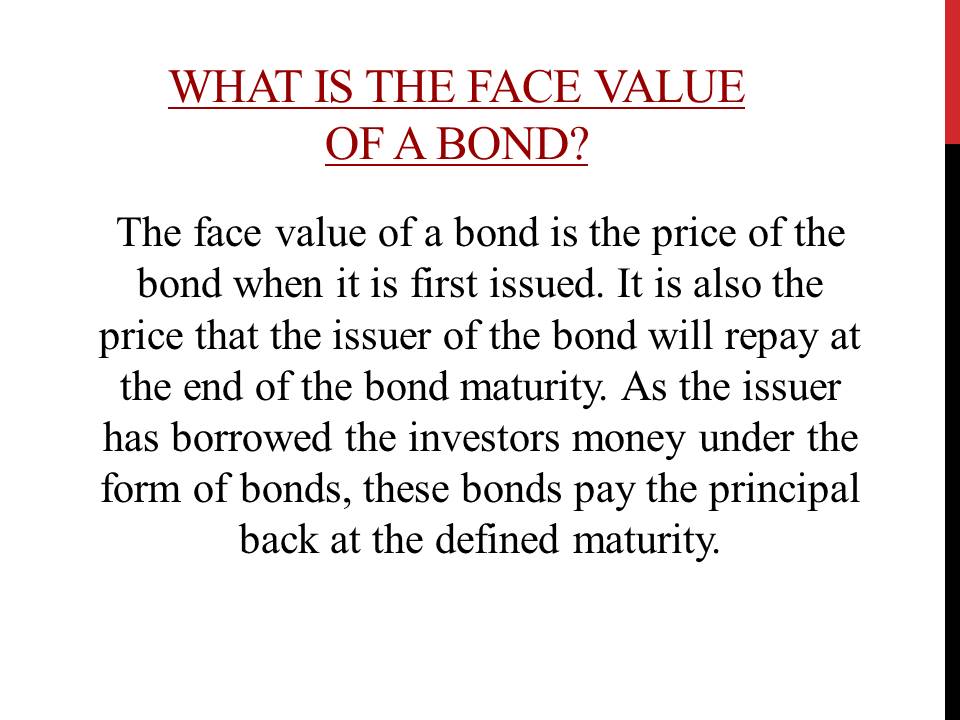
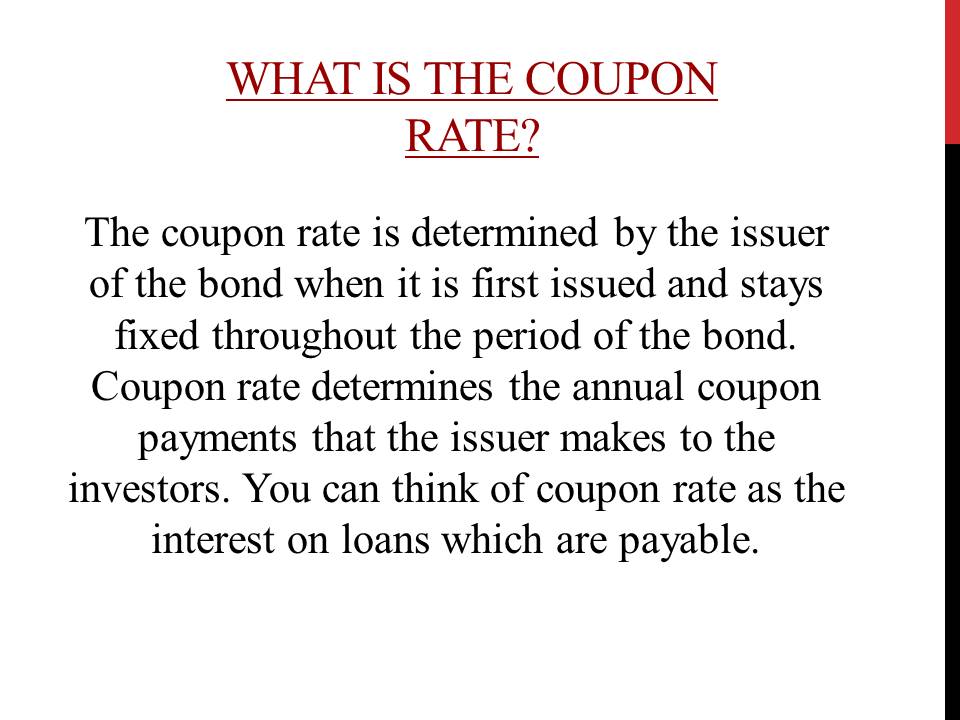
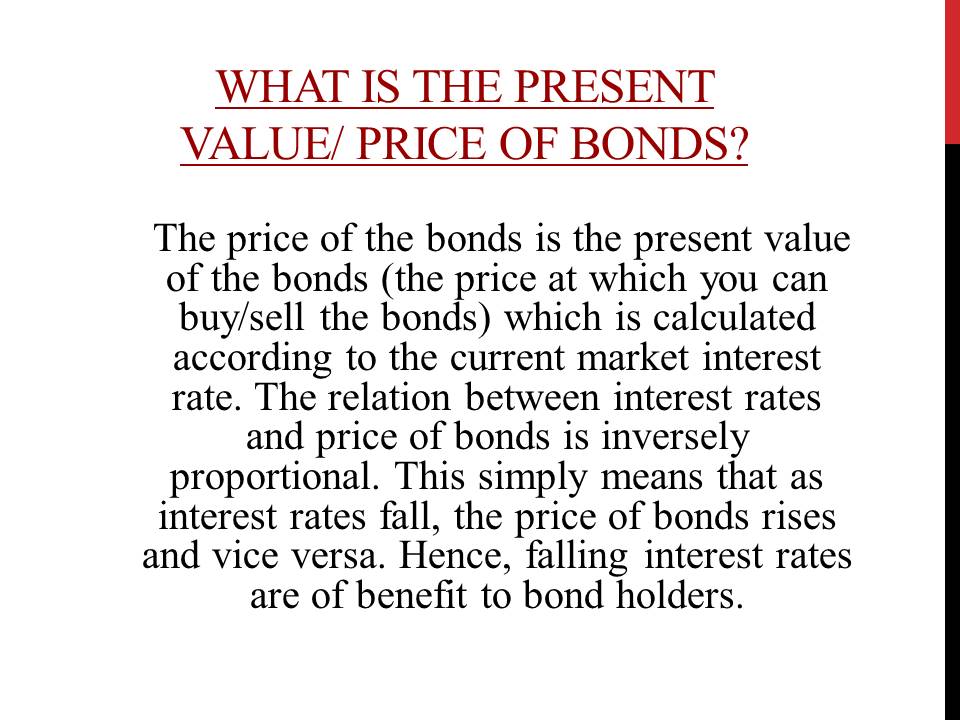
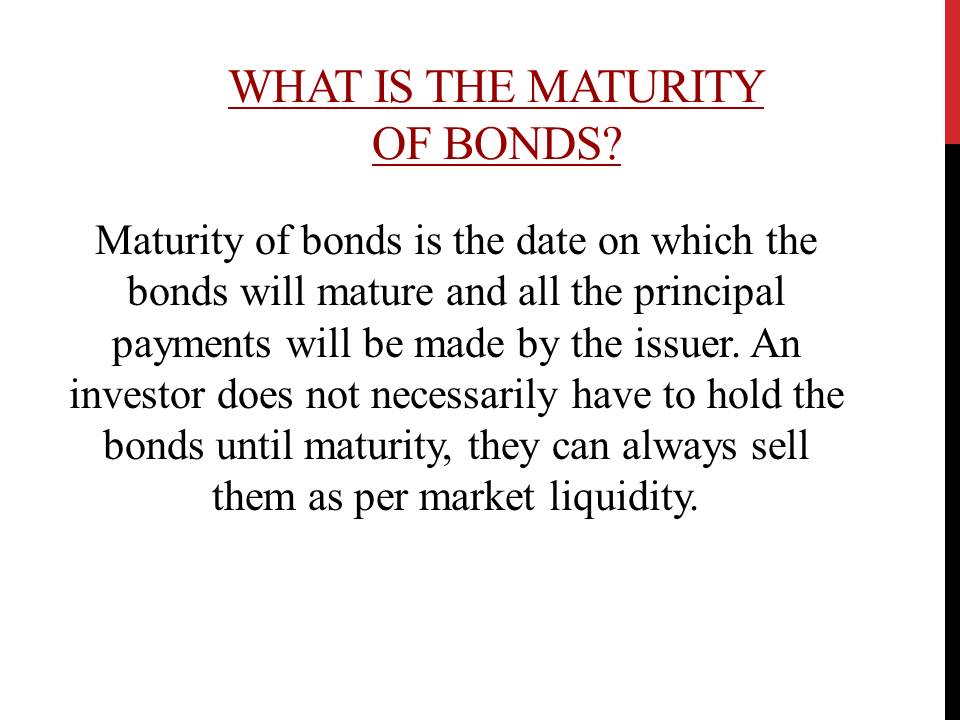
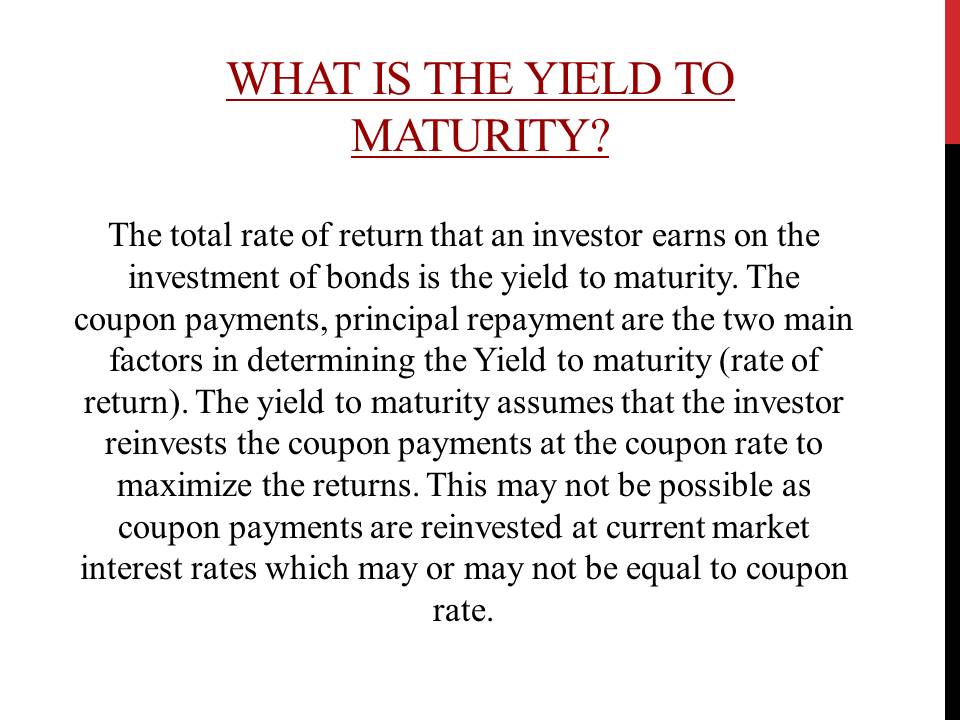

Now that we have understood what Face Value & Coupon Rate is, let’s understand the most important concept which is yield to maturity (YTM).
YTM is nothing but the annualised returns one would earn from today till the maturity date. While calculating YTM, it is assumed that all coupons / interest payments are reinvested back at the YTM rate.
To understand YTM more clearly let’s take an example, assume that we are buying a bond from the secondary market ( here bonds are traded between investors after they are issued which provides liquidity & continuous price discovery ). Bonds here may trade at a discount ( when Current Price < FV ) , at a premium ( when Current Price > FV ) or at par ( when Current Price = FV ). Assuming, the bond is trading at a discounted price of Rs. 950 with 4 years to maturity & same 7% coupon rate, the YTM would be 8.53%. This is higher than the coupon rate of 7% as the bond was bought at a discounted price.
*Lets answer some of the frequently asked questions
What are the Factors affecting bond yields the most?
Inflation, demand and supply of money, change in financials of the institution/ country, Tenure of the bond / Time to Maturity are some factors that affect most investments including the bond market entirely. Another factor that is particularly crucial for the yields of bonds, that scares every billionaire investor, including you and I , is volatility of interest rates. But it’s surprising that existing bond investors love when interest rates fall, yes you heard it right! Bond prices and yields are inversely related. This simply means that as the interest rate in the market falls, the price of bonds rises but as the interest rates rise the price of bonds fall.

When is it a good time to buy bonds?
A smart investor will time the investment with the aim to maximise the returns. Which is why we suggest buying long term bonds now. When an investor buys a bond with 7.5% coupon rate and predicts falling interest rates, the bond investor will gain from the fixed coupon payments and high bond price (due to low yields) resulting in capital appreciation.
In which ways can I buy Bonds?
Bonds can be bought in the primary market or secondary market. As we are focusing on government bonds, these can be bought in the stock exchanges directly with your Demat account. Another option to buy government bonds is to invest in government securities mutual funds or debt mutual funds. One should have a clear understanding of the liquidity, tax, rating and maturity of the bond / mutual fund you choose to invest in bonds.
If I am a new investor in the bond market, which are the suitable conditions for me (long term)?
Let us take a look at this example to understand the concept well. A retired lady, 52 years old, who has worked at LIC for most of her career. As she lives alone and her kids are working abroad, she finds a need to start saving money for her old age. She plans to invest some of her savings in a less risky investment to earn excess returns.
As an Investment Advisor, ProInvest suggested her to buy a Government of India Bond with a maturity of 20 Years. With respect to the example illustrated below, we see that the interest rate fluctuations do not hamper the coupon payments received by the investor. These volatile fluctuations of interest rate do not increase risk of bonds which are to be held until maturity. The investor who holds these long term bonds until maturity can look at this investment as a Fixed Deposit.

If I am an opportunistic investor, which are the suitable conditions for me (short term)?
An opportunistic investor is someone who captures a short term opportunity to make strategic profits. One of our clients who manages his own business in Real Estate had a windfall recently. As he predicted falling interest rates in the coming three years, we advised him to buy government bonds with minimal risk to earn stable returns. Taking our advice well, he bought 10 government of India Bonds at Face Value 1000, Coupon rate 7.5% with maturity of 10 years. As he suspects the interest rates to be lowest in year 3, he decides to sell the bonds by the end of third year.
Such investors capture opportunities of falling / rising interest rates and benefit from strategic management of funds. The total return (IRR) for this investor would be 8.25%, which is considerably higher than what the market interest rates are. As this person is taking excess risk of falling interest rates (which is uncertain) he is awarded with excess returns as compared to the long term bond holder.

Conclusion: The opportunity investor and the retired investor both invested in the same bonds but one of them decided to sell the bond early and the other decided to hold it until maturity. The time horizons being different for each investor, determines the returns earned by each investor. Let us have a look at how duration influences the bond yields.
Duration measures the sensitivity of bond prices to interest rates of the market. Duration helps measure the risk of bond prices that is imposed on the investor with interest rates fluctuations.

- Some Rules to guide you along:
- If the coupon and yield are the same, duration increases with time left to maturity.
- If the maturity and yield are the same, duration increases with a lower coupon.
- If the coupon and maturity are the same, duration increases with a lower yield.

Here we come to our question again, when is it a good time to buy bonds? A layman would say if bonds have such low risk and fixed interest payment characteristics, then we could buy bonds anyday. “We don’t have to be smarter than the rest. We have to be more disciplined than the rest”, is what ProInvest strongly believes in. With this approach in mind, we focus on each investment product to maximise investor’s wealth in the long run.
At ProInvest we advise you to develop your financial literacy and accordingly make decisions. With the rising interest rates in the current period, the price of bonds are to fall, which makes it a good buy. As in the upcoming years it is quite possible that the interest rates fall imposing the high borrowing cost for the government, we could benefit with low interest rates making our bond prices high. Selling at this price would help us gain capital appreciation as well as secure the coupon payments. Stay Connected!
AUTHOR: Noopur Patil





